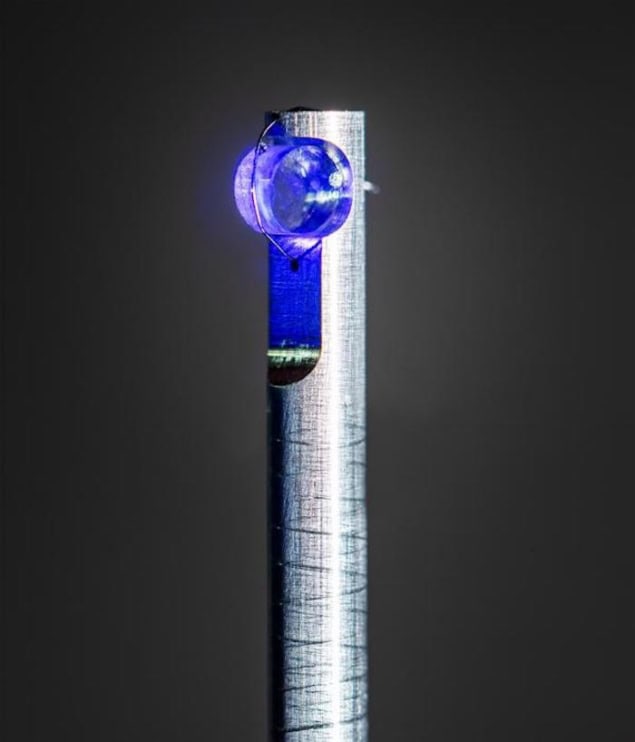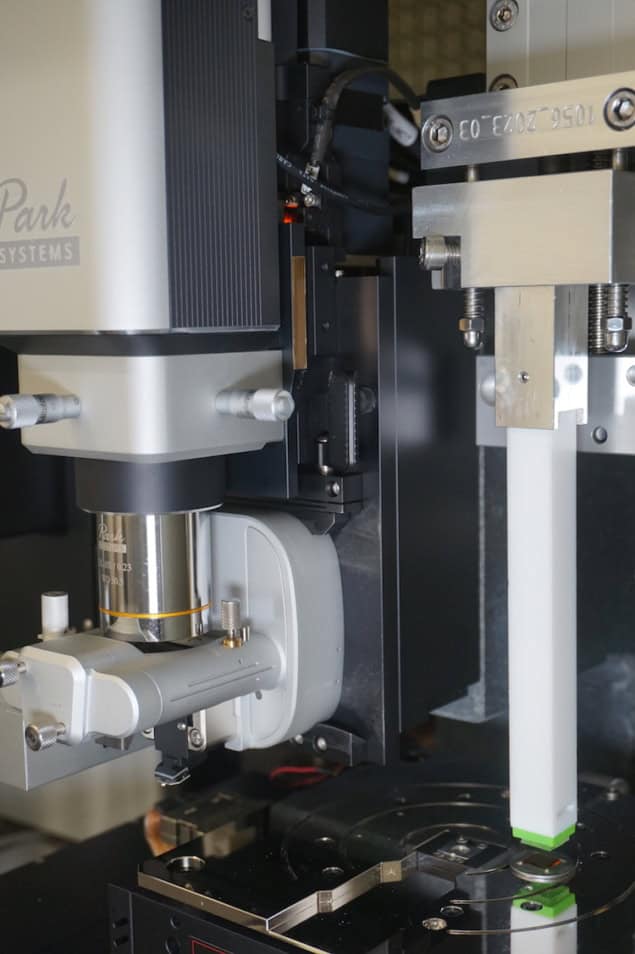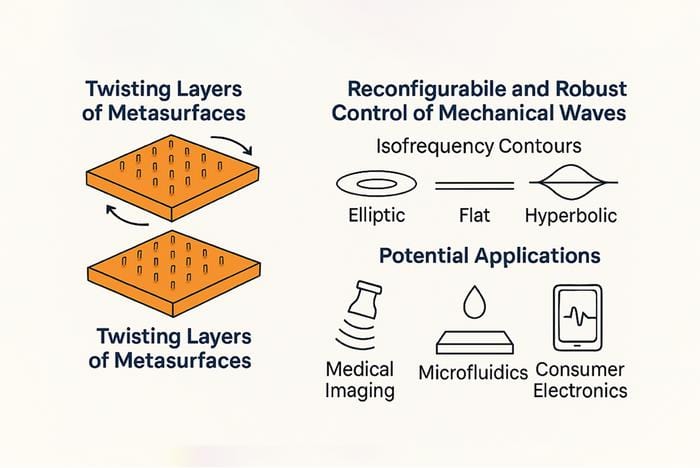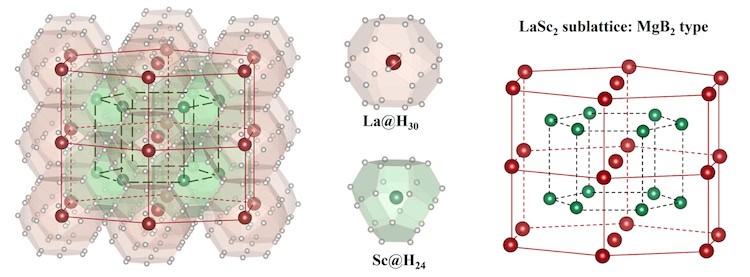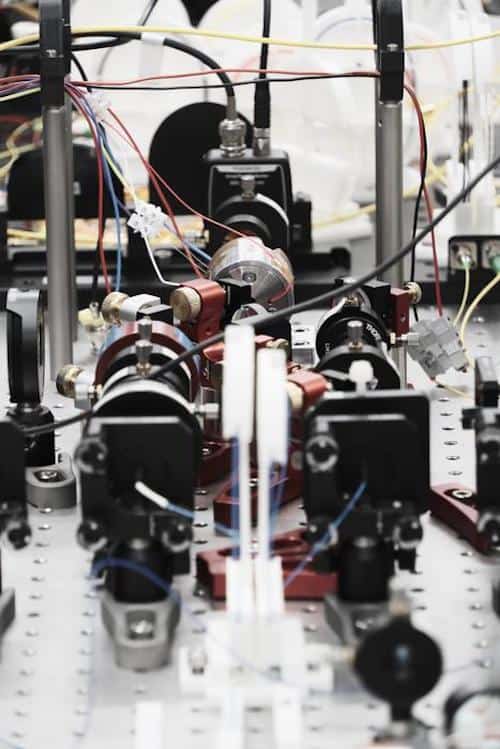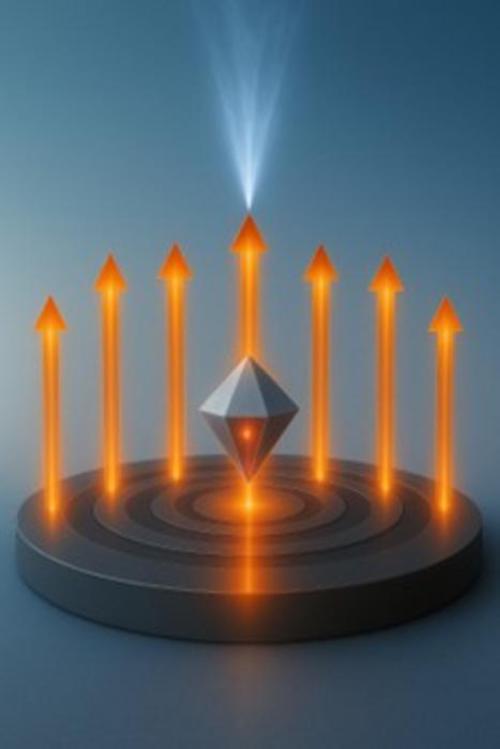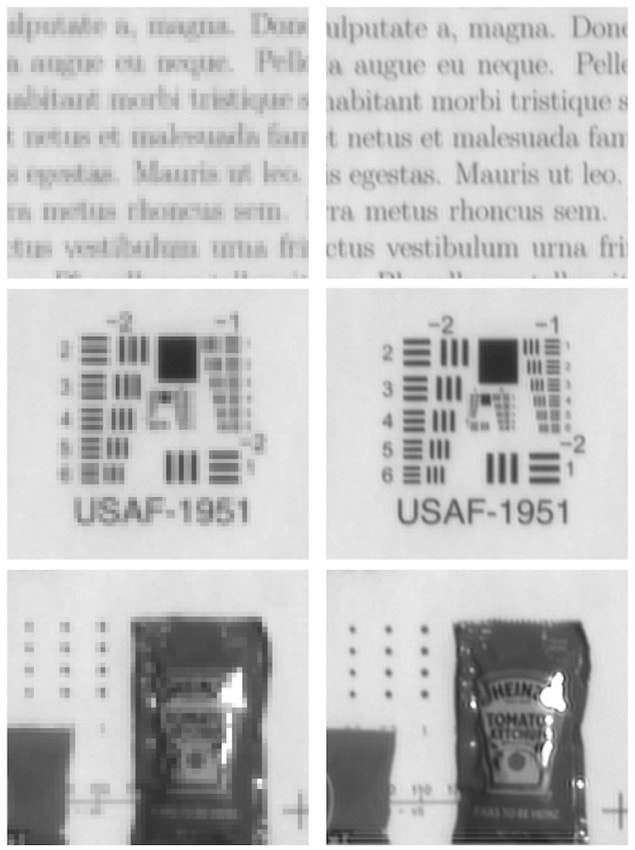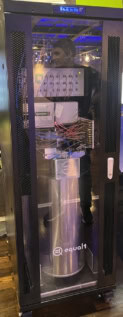Extra carbon in the atmosphere may disrupt radio communications
Higher levels of carbon dioxide (CO2) in the Earth’s atmosphere could harm radio communications by enhancing a disruptive effect in the ionosphere. According to researchers at Kyushu University, Japan, who modelled the effect numerically for the first time, this little-known consequence of climate change could have significant impacts on shortwave radio systems such as those employed in broadcasting, air traffic control and navigation.
“While increasing CO2 levels in the atmosphere warm the Earth’s surface, they actually cool the ionosphere,” explains study leader Huixin Liu of Kyushu’s Faculty of Science. “This cooling doesn’t mean it is all good: it decreases the air density in the ionosphere and accelerates wind circulation. These changes affect the orbits and lifespan of satellites and space debris and also disrupt radio communications through localized small-scale plasma irregularities.”
The sporadic E-layer
One such irregularity is a dense but transient layer of metal ions that forms between 90‒120 km above the Earth’s surface. This sporadic E-layer (Es), as it is known, is roughly 1‒5 km thick and can stretch from tens to hundreds of kilometres in the horizontal direction. Its density is highest during the day, and it peaks around the time of the summer solstice.
The formation of the Es is hard to predict, and the mechanisms behind it are not fully understood. However, the prevailing “wind shear” theory suggests that vertical shears in horizontal winds, combined with the Earth’s magnetic field, cause metallic ions such as Fe+, Na+, and Ca+ to converge in the ionospheric dynamo region and form thin layers of enhanced ionization. The ions themselves largely come from metals in meteoroids that enter the Earth’s atmosphere and disintegrate at altitudes between around 80‒100 km.
Effects of increasing CO2 concentrations
While previous research has shown that increases in CO2 trigger atmospheric changes on a global scale, relatively little is known about how these increases affect smaller-scale ionospheric phenomena like the Es. In the new work, which is published in Geophysical Research Letters, Liu and colleagues used a whole-atmosphere model to simulate the upper atmosphere at two different CO2 concentrations: 315 ppm and 667 ppm.
“The 315 ppm represents the CO2 concentration in 1958, the year in which recordings started at the Mauna Loa observatory, Hawaii,” Liu explains. “The 667 ppm represents the projected CO2 concentration for the year 2100, based on a conservative assumption that the increase in CO2 is constant at a rate of around 2.5 ppm/year since 1958.”
The researchers then evaluated how these different CO2 levels influence a phenomenon known as vertical ion convergence (VIC) which, according to the wind shear theory, drives the Es. The simulations revealed that the higher the atmospheric CO2 levels, the greater the VIC at altitudes of 100-120 km. “What is more, this increase is accompanied by the VIC hotspots shifting downwards by approximately 5 km,” says Liu. “The VIC patterns also change dramatically during the day and these diurnal variability patterns continue into the night.”
According to the researchers, the physical mechanism underlying these changes depends on two factors. The first is reduced collisions between metallic ions and the neutral atmosphere as a direct result of cooling in the ionosphere. The second is changes in the zonal wind shear, which are likely caused by long-term trends in atmosphere tides.
“These results are exciting because they show that the impacts of CO2 increase can extend all the way from Earth’s surface to altitudes at which HF and VHF radio waves propagate and communications satellites orbit,” Liu tells Physics World. “This may be good news for ham radio amateurs, as you will likely receive more signals from faraway countries more often. For radio communications, however, especially at HF and VHF frequencies employed for aviation, ships and rescue operations, it means more noise and frequent disruption in communication and hence safety. The telecommunications industry might therefore need to adjust their frequencies or facility design in the future.”
The post Extra carbon in the atmosphere may disrupt radio communications appeared first on Physics World.
